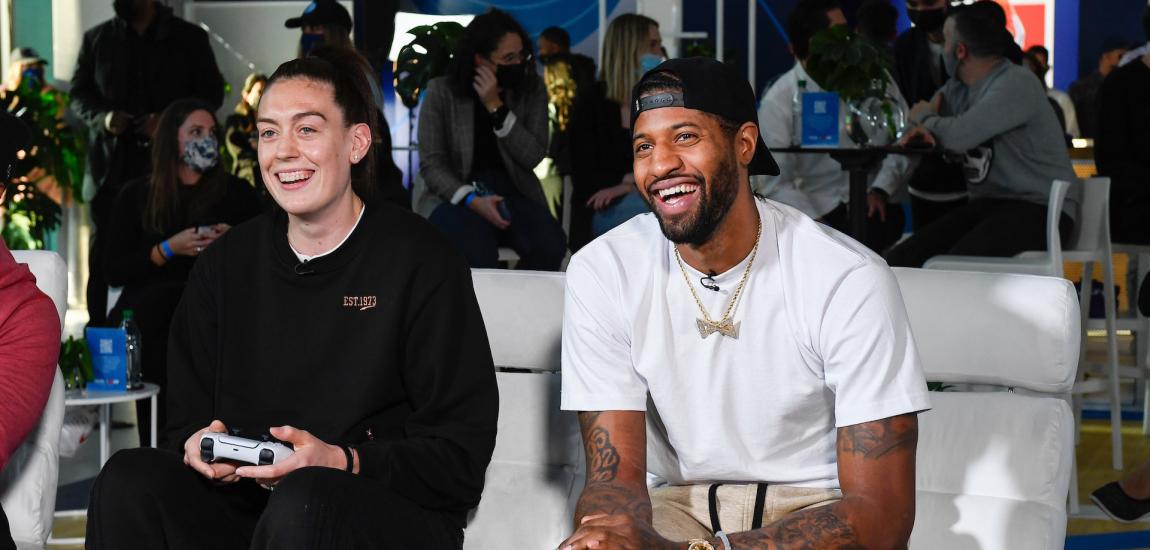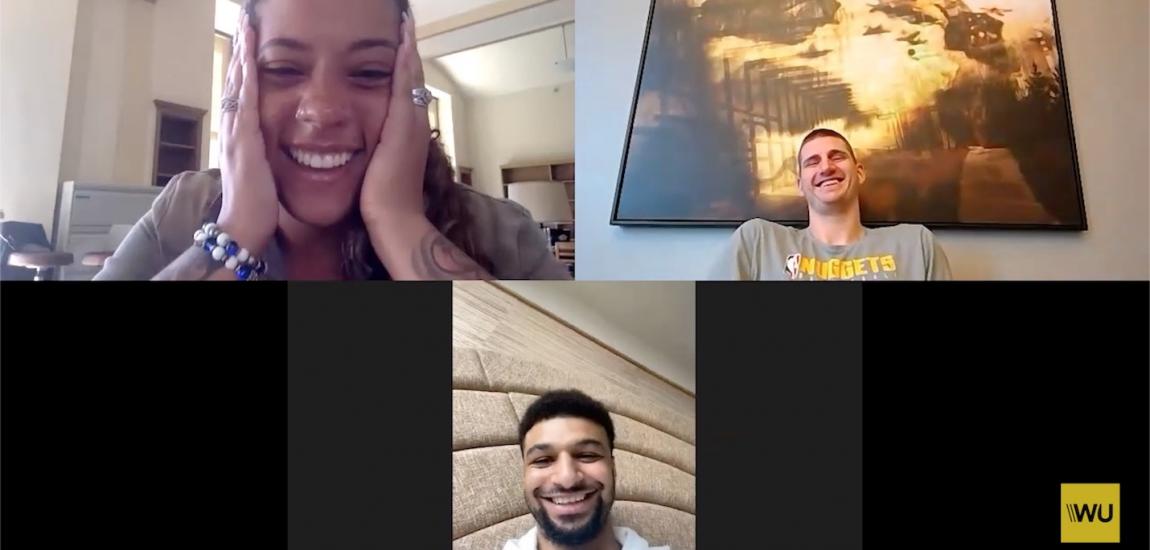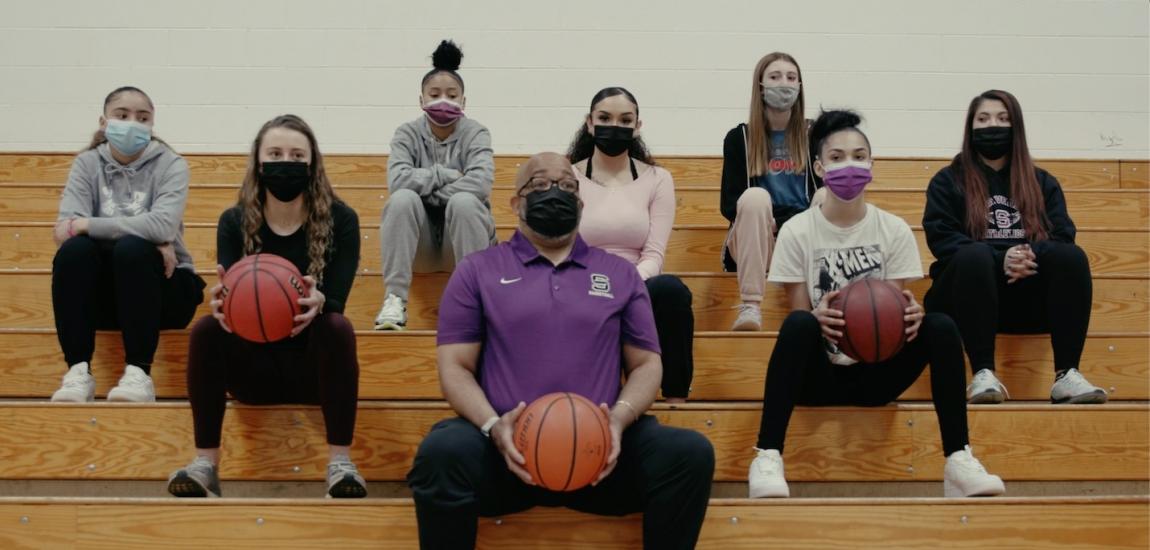As far as stories go, it's not much of a beginning: One day Matt Shoemaker decided not to trim his beard.
At the time, Shoemaker didn't know where he was headed. Three months later, though, Shoemaker has a mossy mug that would make Sasquatch proud, and fans have embraced his new signature feature. When Shoemaker pitches for the Los Angeles Angels of Anaheim, the stadiums is filled with homages to his facial hair, including some wearing their own faux growths.
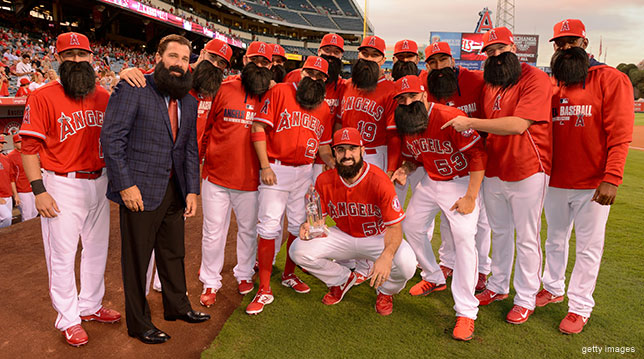
Shoemaker isn't the first baseball player to grow a lumberjack's beard in recent memory, but he's happy to be a part of the trend.
"I'll be one of the first to say I think it's awesome," Shoemaker said of the popularity of beards in sports. "It's a lot of fun. Like I said, I don't really know why [beards are so popular], but we like to see [the trend] for sure, especially guys who already have beards."
For decades now, athletes have reveled in ways to help themselves stand out against a team backdrop that sometimes obscures individuality. This is most evident in the NBA, where hip hop's influence on basketball spawned an explosion of tattoos among a group of athletes that, up until that point, had remained largely uninked.
The NFL stands at the opposite extreme, having flexed the greatest degree of control over player appearance over the years. And somewhere in the middle is Major League Baseball, where longstanding traditions have occasionally given way to famous exceptions -- and, on occasion, direct challenges to the baseball paradigm.
The emergence of the full beard is not unique to professional sports. Beards have been popular in America for years now. And we're not talking about chinstraps or other well-manicured beards: Today's popular beards are hulking figures, allowed to grow untrammeled for months on end.
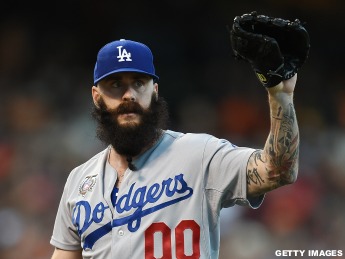
Shoemaker is merely one of the more recent beards in pro sports. Before him, Brian Wilson inspired 2010's World Series-winning San Francisco Giants to grow beards worthy of the witness protection program. Meanwhile, NBA star James Harden has a beard so famous it sometimes appears without him on T-shirts and other memorabilia.
But it would be misleading to suggest these athletes are trend-setters in their own right. Wilson may have inspired an acute case of Beardmania in the Bay Area, but neither he nor Shoemaker nor Harden are busy evolving their styles to push baseball fashions forward. If anything, those three individuals are merely the sporting world's representatives of a larger cultural shifts.
It's a story professional sports has seen before.
In 1972, Reggie Jackson wore a mustache to Opening Day. Again, not much of a beginning. At least not until you understand that Jackson's upper lip was bold rejection of baseball's unspoken status quo. On that day, Jackson became the first Major League Baseball player since 1914 to play a regular-season game without a freshly shaven face.
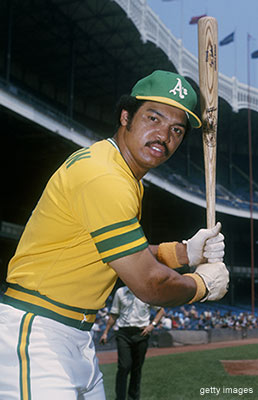
In the early 1900s, facial hair was falling out of favor. A Washington Post article from 1909 suggests that facial hair was ushered out of baseball for functionality reasons. Reporting on an incident concerning Giants outfielder Jim O'Rourke, the Post wrote:
"Just as the ball was about to settle in [Hall of Famer Jim] O'Rourke's mitt, he was seen to brush something away from his eyes. It was his long, silky blond mustache, one end of which had been blown into his deep blue orbs by the wind."
The Post also wrote that the error was so alarming to other players that they "couldn't get to a barber quick enough."
In 1914, Philadelphia Athletics catcher Wally Schang became the last baseball player to wear a mustache consistently in Major League Baseball. Other brief facial hair sightings are rumored over the years -- Allen Benson allegedly wore a beard with the Washington Senators for two games in 1934, and Satchel Paige was slow to shave his mustache after the Cleveland Indians bought him from the Negro leagues in 1948 -- but the examples are few and far between.
Then Reggie Jackson came along -- or, more appropriately, then the 1970s came along. By 1972, mustaches and facial hair had become a common feature within America's counter-culture. Whether or not Jackson identified with the movement, he grew a mustache and refused to shave it off -- even when Athletics owner Charles O. Finley requested that he do so.
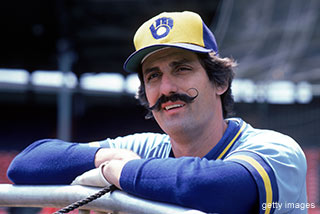
Finley ultimately changed his tack on the matter and decided to use the mustache as a marketing ploy. He offered every member of the Athletics a $300 bonus to grow a mustache in time for Mustache Night at a regular-season home game. Most of the team complied. Suddenly, the mustache was an MLB trend.
For some of those A's players, including Jackson, Catfish Hunter and Rollie Fingers, the mustache became a signature feature that they are still remembered by today. The mustache was ultimately worn by a number of players through Major League Baseball, and the 1970s became famous for the odd facial hair found in professional baseball.
And then, for the next 30 or so years, odd facial hair was more an outlier than a trend in baseball, at least until the late-oughts and the Giants' beard craze. If it seems strange, it shouldn't: such cycles are found in modern society all the time.
If one research paper has it right, society is fast approaching "peak beard," and that could affect the facial hair trends seen in professional sports.
The terminology behind "peak beard" is a little more complex -- it's referred to in the academic world as "negative frequency-dependent sexual selection." But the process in action is a little more simple: Rare traits make individuals more distinctive, and distinction is what helps individuals appear more attractive.
Even if the implications of sexual attraction are stripped away, the dynamics are still evident in baseball and other sports: In a sea of clean-shaving faces, the mountain man's beard never goes unnoticed.
That's part of the reason why even retired players like Rollie Fingers have chosen to keep their unique mustaches: for Fingers in particular, the mustache has come to define him. But if everyone else in baseball had started adopting a similar facial hair design, Fingers likely wouldn't have identified so strongly with his mustache, and he might not have retained it decades after his playing days ended.
And that's how the pendulum action of rare traits works: The more people that adopt a certain feature, the less distinctive -- and, therefore, less attractive -- it becomes. "Peak beard" then starts to work backwards, where the population density of beards is so great that it makes a clean-shaving look or other style look more attractive.
Too much beard, basically, dilutes its interest. And that applies not only from a sociological standpoint, but also from a branding perspective in sports. Casual observers of baseball may know of the Los Angeles Dodgers' Brian Wilson even if they don't know his name or follow the sport closely -- they'll recognize his jet-black beard.
The same goes for Harden, who stands out from the rest of the NBA's stars by virtue of his bushy beard.

Call them a fun fashion statement or a personal branding move, or both. But whatever those beards are currently accomplishing now, that would all dissipate if everyone else started joining in.
One exception is when entire teams move to grow out beards together, as the Boston Red Sox did during their World Series-clinching playoff run in 2013. The team chose to grow beards together as a sign of solidarity and camaraderie.
Professional hockey players, meanwhile, have collectively embraced a superstition that says their beards cannot be cut during a Stanley Cup playoff run. But these are temporary, collective decisions that don't reflect how normal social norms affect individual actions.
In larger society, that pendulum swing away from beards is already in action. Researchers behind the "peak beard" study believe the beard craze has already passed its peak, meaning clean-shaven faces are now gaining momentum.
So if you love the thick beards you see everywhere today, enjoy them while you can. They're quietly falling out of favor.
There's already evidence that Matt Shoemaker's free-flowing beard may be living on borrowed time.
"[My wife] actually prefers me with a beard, but I will say she likes a nice, trimmed beard," Shoemaker said. "If she had her preference, she'd pick a nice, trim one."



